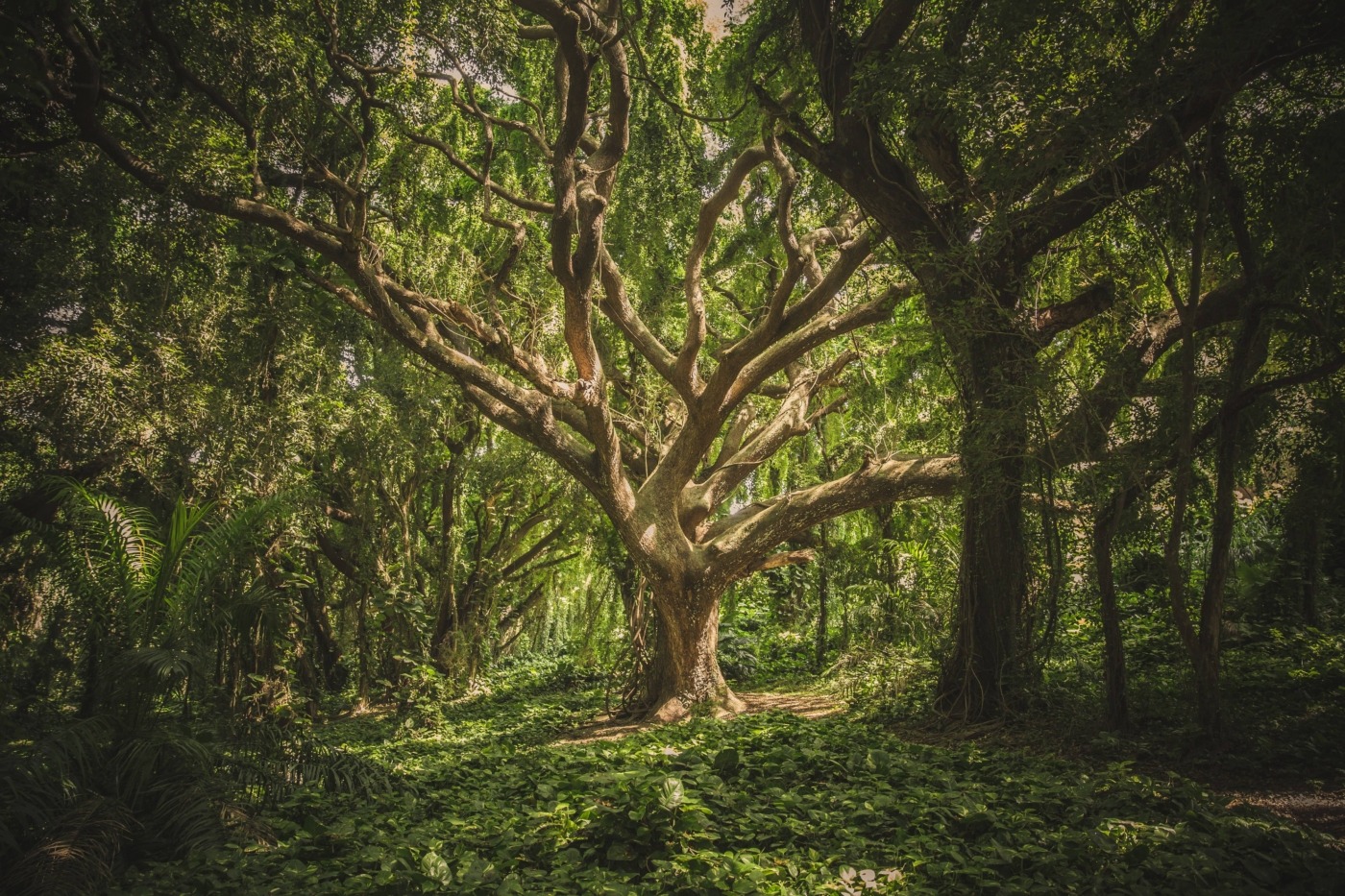Reading ‘Underland’ will elevate your experience with nature
Picking up Underland, you would be forgiven for expecting a journey into a fictional realm of ghosts and minotaurs. The marketing evokes fantasy fiction (Underland: A deep time journey). Even though this book falls under creative non-fiction, this is not necessarily a false promise. Macfarlane will take you outside of your known existence.
Underland maps Macfarlane’s trespasses into different regions under the earth, and compiles tales from others’, sometimes fatal, encounters with what lies beneath our feet. The enigma of ‘the Underland’ lies partly in its menace. Traversing from the Catacombs in Paris, to the belly of the Knud Rasmussen glacier in Greenland, from ancient cave art, to nuclear waste, Underland explores a world we cannot see – one that is full of wonder and horror in equal measure.
Reality, history, science, provide grounding and prevent the author from getting lost in his own literariness
This book walks a line between fiction and non-fiction that is astonishing to experience. It is Macfarlane working his hardest and reaping the most rewards. It manages to be both folkloric and deeply relevant to our ecological situation. The first two chapters, ‘First Chamber’ and ‘Descending’, are a concentrated dose of his distinctive command of language. Images from ‘the Underland’, past and present, vivify like a fever-dream from which the author wakes, hell-bent on his journey. His prose style is simplistic but visually rich. Throughout, he honours landscapes without superfluity. Perhaps that is the beauty of the genre crossover. Reality, history, science, provide grounding and prevent the author from getting lost in his own literariness.
My favourite passage is Macfarlane’s journey to Epping Forest to marvel at the “wood wide web”; a network of thread-like hyphae through which trees share resources, like a map of interconnection under the soil (that’s amazing, isn’t it?). Macfarlane can’t resist the idea that this hidden communion is akin to human love. “I think of good love as something that roots, not rots, over time, and of the hyphae that are weaving through the ground below me, reaching out through the soil in search of mergings. Theirs, too, seems to me then a version of love’s work.”
I like to think that this book proposes a better way of creating other worlds, alternative to fantasy fiction
This is a book about connections. Another treasure is how Macfarlane writes about his guides. Macfarlane is led along his journey by biologists, fishermen, physicists. He resists the urge to fictionalise them; they are true portraits of life, focalised with Macfarlane’s eye for the magic of the ordinary. For all my emphasis on his descriptions, much of Underland is grounded by scientific explanation, that at times can be heavy going, although always interesting. I think it is also worth noting that Macfarlane doesn’t write beauty for the sake of it, but for the purpose of uncovering ecological responsibility. Macfarlane’s voice is a conduit, he doesn’t let us forget what it signifies.
Critics seem to agree that Underland is Macfarlane’s best work – that’s something I’m testing as I work through his earlier books. I recently picked up Holloway, which Macfarlane co-authors. It is brief, feverish, imagistic, and similarly fascinated by how cross-history communion occurs exclusively in landscape as nowhere else. But still, only a fragment of what Underland achieves.
As I began with, you would be forgiven for picking up Underland anticipating fantasy fiction, but what Macfarlane delivers isn’t too far off the mark. I like to think that this book proposes a better way of creating other worlds, alternative to fantasy fiction. In a climate crisis, I wonder how responsible it is to create evergreen, fictional landscapes in which human destruction doesn’t play a role. Escapism is soothing, but I think literature has a duty to keep us awake.
Perhaps it is unhelpful to recommend a book which intermittently evokes dread, ecological disaster and claustrophobia during lockdown. I promise there is consistent relief in resurfacing. Macfarlane plays a rhythm between dark and light, fear and wonder, deep time and the present. Reading Underland will open your eyes, keep you awake, and elevate your experience with nature. It pulls you to your feet, tells you not just to travel, but to be curious, and most of all to commune with fellow travellers, making it a book which sings with resonance in our current climate.

Comments